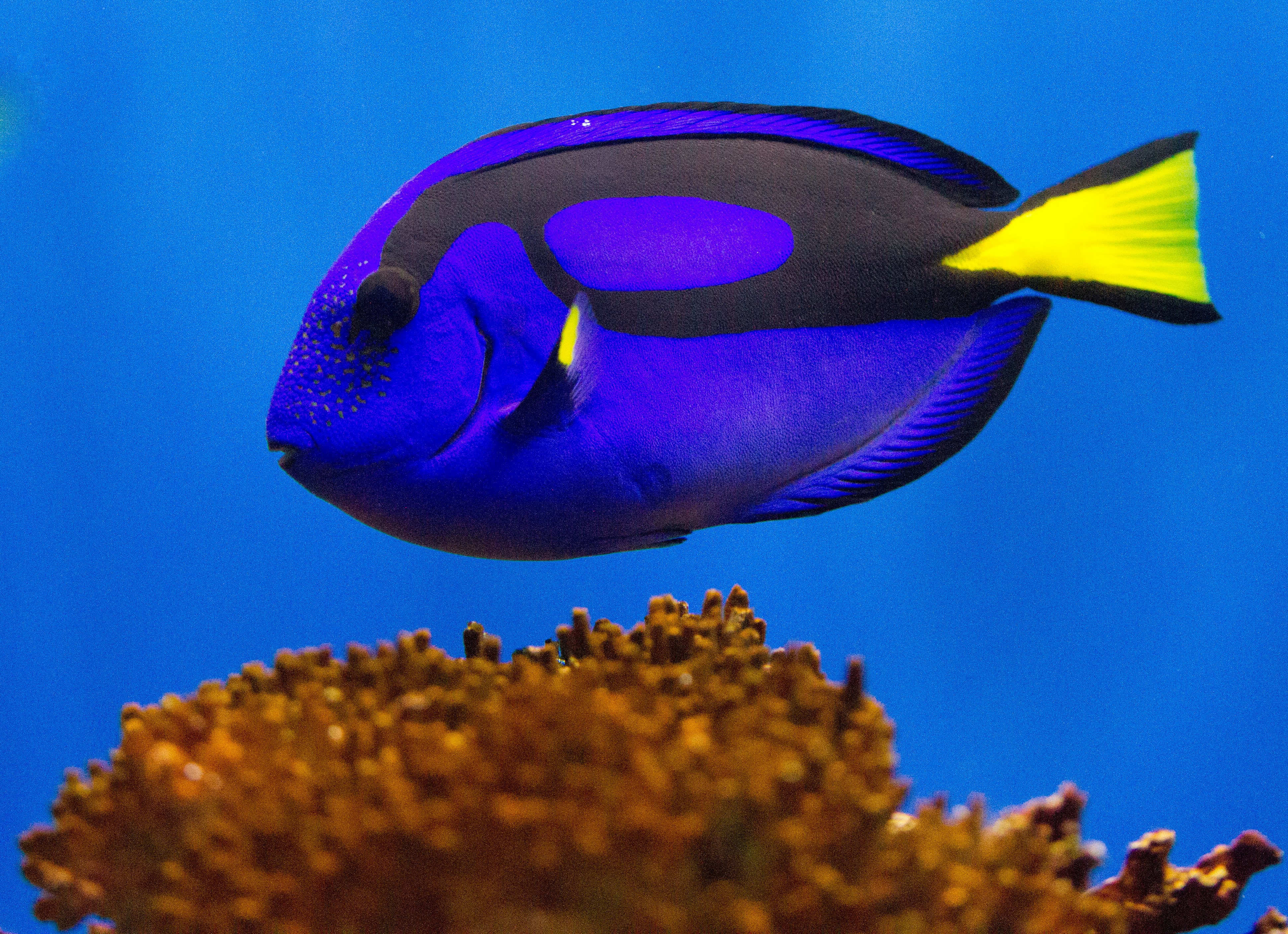
Jacob recalled conversations at work such as: "Remember what it was like on the boat on Thursday afternoon? I want the water like that. They ended up using reference footage from that trip to describe conditions above and below the surface. Several staff members took a trip to Hawaii in 2000 to study water and sea life. Pixar invited a scientist to present lectures on waves, swells and other motions.

That challenge continued right up until the last shot of the film.ĭylan Brown and other Pixar animators studied the movement of fish at the Monterey Aquarium. They might say, Its a little bit too confused, but what does that mean?' They were beginning to direct it aesthetically. Once they were able to create realistic water, the art department began to request how the water in a scene should look.

A new vocabulary had to be developed in order to communicate, and technical director Oren Jacob believes they never really mastered a vocabulary that describes all the nuances of how the water should look. One of the trickiest problems for Pixars staff was learning to communicate to each other about actions, textures and other details that are not easy to describe in the English language. In the real world things become gray and difficult to see as they get farther away from you when you are underwater, but in the film their water remains saturated with color. For example, a pale blue might become rich royal blue in the film. Lighting is often more pronounced and colors are often richer in the film than they are in the ocean. They use carefully controlled lighting and colors. They dressed their sets with wonderful forms made of coral and other materials. You have to believe you are underwater, but it doesn't have to be photo-realistic to do that.Īlthough Brown calls their backgrounds believable-looking virtual sets, he maintains that they created a fantasy world predicated on the studio's trademark hyper-realism. We didn't want to fool the audience that they are in a real world. What we do at the studio is caricature and it would look funny to have cartoony caricatures of fish in this realistic world. "We knew we could make a Jacques Cousteau-type of documentary, but that's not what we were trying to do. The animators at Pixar had to develop a new vocabulary to describe the various qualities of the ocean they wanted to animate. We couldn't tell the difference between the re-created footage and the original. The technical crew worked on it and eventually came back and showed us their work. They did tests using four ocean scenes, two above water and two underwater, to see if they could recreate real footage of the sea.
#FINDING NEMO FISH TYPES SOFTWARE#
They designed all of the individual elements using the software that was on hand.

You have light beams, and you have surface images.

You have the caustic lighting coming down that dances all over the oceans floor. You have particulate matter that is like little bits of dust floating around the water. You have a murk that is like a fog underwater. "Our technical team figured out what elements are needed to create photo-realistic water.
#FINDING NEMO FISH TYPES SERIES#
One of the things we did early on was a series of photo-realistic tests," Brown adds. The perception that Finding Nemo was intended to be photo-realistic is based on something that happened when Pixar Animation Studios was developing the project. "I can see how people can look at our water and say it is photo-realistic, but it is actually caricatured as well. "The animals are caricatures of sea creatures," explains supervising animator Dylan Brown. All rights reserved.Īt first glance, Finding Nemos breathtakingly beautiful underwater computer-animation looks almost photo-real. Unless otherwise noted, all images © Disney Enterprises Inc./Pixar Animation Studios. Pixar's crowning achievement in Finding Nemo is how well they captured the light and movement of the water onscreen.


 0 kommentar(er)
0 kommentar(er)
